Mary Ann Caws, a retired professor of English and French literature at the City University of New York, published her first book in 1966. Since then she has written several dozen studies, many of them about surrealism or modernism;
others with such varied subjects as the women of Bloomsbury, Robert Motherwell, Blaise Pascal, Provençal cooking, Dora Maar and the wonderfully titled The Art of Interference. Now, after a career of urbane, discreet academic distinction, Caws has decided that it is time for her to put her personality into her books as well as her name on the title page.
Creative Gatherings gives light but careful sketches of places that Caws has known where creative people — painters, sculptors, poets and others — have congregated, eaten, smoked, drunk and lounged, while discussing their work, exploring their hopes, bitching about their dealers, sincerely extolling or enviously belittling their rivals, bragging about sex, fooling, striving and desponding.
The theme of her book is encapsulated by Joan Miró recalling his life in Paris’s avant-garde rue Blomet in the 1920s. ‘The rue Blomet was a decisive place,’ Miró said. ‘It was there that I discovered everything that I am, everything that I would become.’ He and his neighbours lived the bohemian high life as they drank copiously of curacao tangerines. ‘More than anything else,’ declared Miró, ‘the rue Blomet was friendship, an exalted exchange and discovery of ideas among marvellous friends.’ Creative innovation, ardent friendship, hard challenges, noble ideas and sickly boozing recur throughout Creative Gatherings.
Caws muses on the Shakespeare & Company bookshop in Paris, which welcomed and nurtured James Joyce, Gertrude Stein, Djuna Barnes and others; on the Café Pombo in Madrid, where Salvador Dalí, the poet Federico García Lorca and the film-maker Luís Buñuel used to meet; on the Café Louvre in Prague, with its billiard room and art gallery, where Kafka, Einstein and Karel Capek assembled in different groupings; and Cabaret Voltaire in Zurich, where the poet-provocateur Tristan Tzara and the painter-poet Jean Arp congregated with other Dadaists.
Remote fishing villages are also covered by Caws. She has a genial section on Barbara Hepworth, Ben Nicholson, Adrian Stokes, Bernard Leach, Peter Lanyon, Patrick Heron and Terry Frost living, working and talking in St Ives. Although she has nothing new to say about Vanessa Bell, Duncan Grant and their familiar friends associated with Charleston farmhouse, her recapitulation of the work, the amours and the comings and goings of Bloomsbury people and ideas is astute and affectionate. Invariably Caws’s quotations are apt, as when she uses Virginia Woolf’s diary to describe friendly artistic disputes running at full pelt at Charleston. ‘As usual, some book is had out,’ Woolf wrote. ‘Theories are fabricated. Pictures stood on chairs.’
Black Mountain College in North Carolina, which was started in 1933 as an American substitute for the Bauhaus school in Germany and attracted such painters as Willem de Kooning, Robert Rauschenberg and Cy Twombly, sounds fraught and earnest in Caws’s summary. It made me wish that she had visited and described Donald Judd’s arts foundation in Marfa, Texas, Bernard Berenson’s improvised institute of European culture at I Tatti, and Drue Heinz’s gatherings at Hawthornden Castle and Villa Maresi on the shores of Lake Como. She does, however, plug Le Murate, a literary café housed in a converted Florentine women’s prison, which teems with young hopefuls scribbling, talking and feasting on free hors d’oeuvres.
There are a few slack constructions in the book (one twisting sentence makes the artists who went to work in St Ives sound like moths ‘attracted by the light’) and some disruptive asides and giddying free associations. Readers may feel as if they have become participants in a game of Consequences when Caws mentions André Breton’s visit to Prague and meets an architectural historian of the city whose brother wrote the first biography of Václev Havel, who in turn was a fan of the Rolling Stones. This hectic dropping of names can seem indiscriminate. I thought of the American socialite Laura Corrigan who, returning from a cruise round the Mediterranean, was asked if she had seen the Dardanelles. ‘No,’ she replied, ‘but I did have a letter of introduction to them’.
Reaktion has served Caws well. Creative Gatherings is a handy, portable book, not a coffee-table slab, but illustrated with sumptuous abundance. The pictorial highlights include John Ruskin’s watercolours, a photograph of Bernard Leach at work on a pot in his St Ives studio, and another of Pablo and Magali Gargallo beside the stove in their Paris atelier. Clara Rilke, posed beside her husband Rainer Maria Rilke, looks the personification of a misery-guts. This is not a profound book, but it is written in a spirit of gratitude, admiration and contentment that will give pleasure to all readers except latter-day Clara Rilkes.
Got something to add? Join the discussion and comment below.
Get 10 issues for just $10
Subscribe to The Spectator Australia today for the next 10 magazine issues, plus full online access, for just $10.
You might disagree with half of it, but you’ll enjoy reading all of it. Try your first month for free, then just $2 a week for the remainder of your first year.

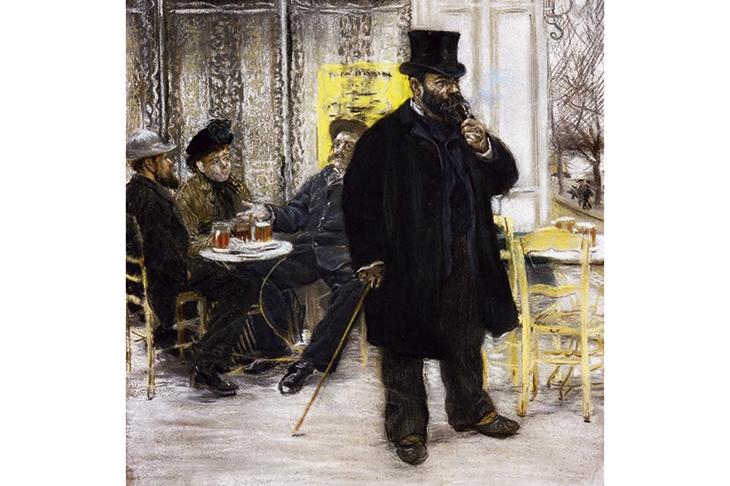
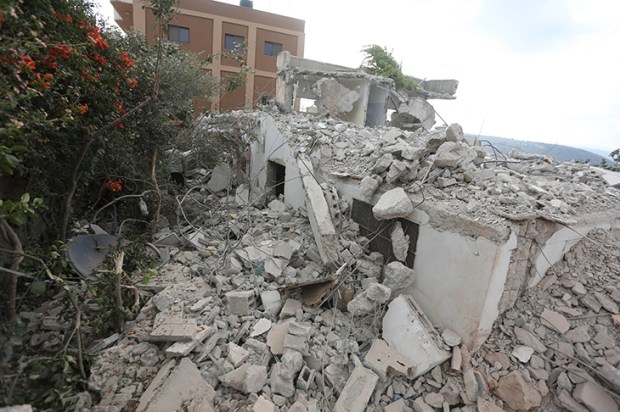
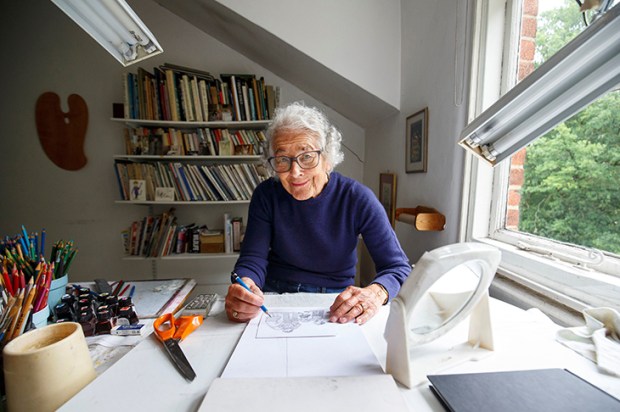
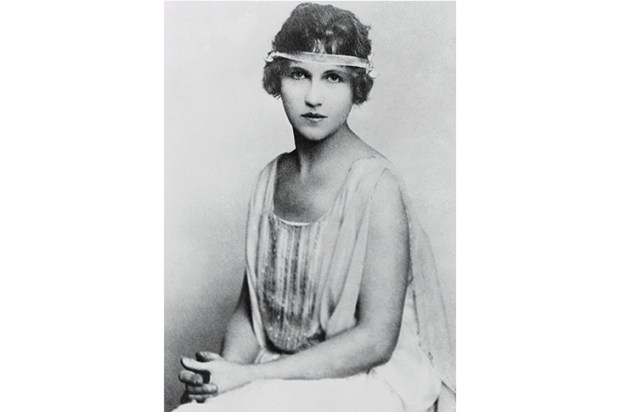
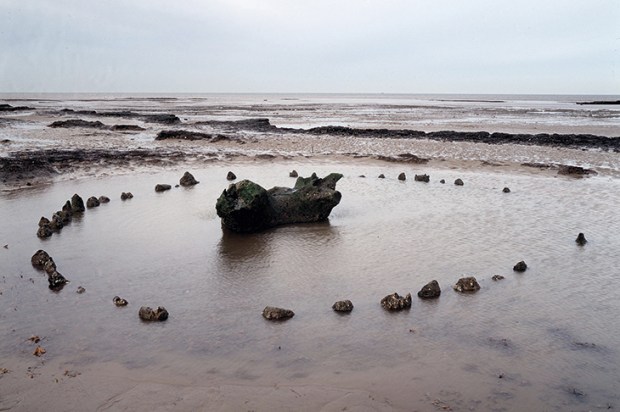
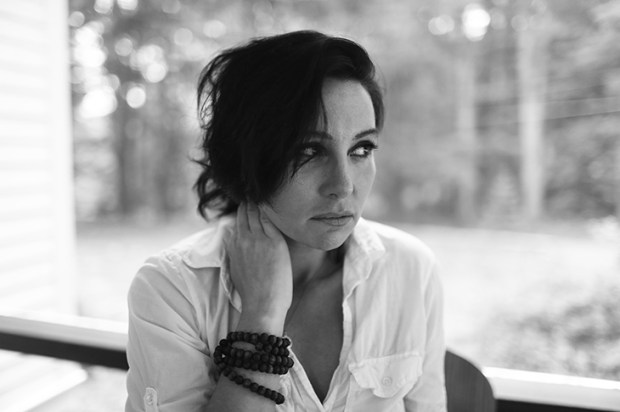
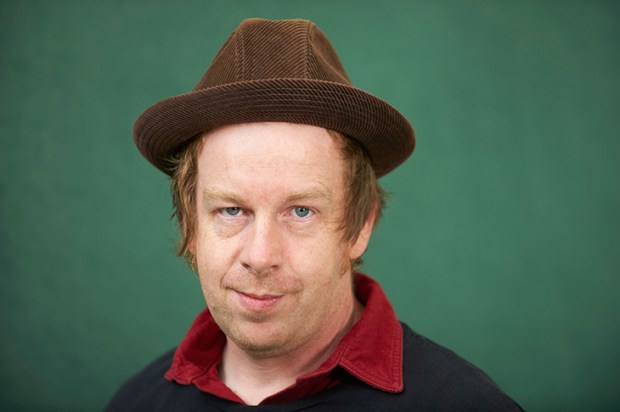






Comments
Don't miss out
Join the conversation with other Spectator Australia readers. Subscribe to leave a comment.
SUBSCRIBEAlready a subscriber? Log in